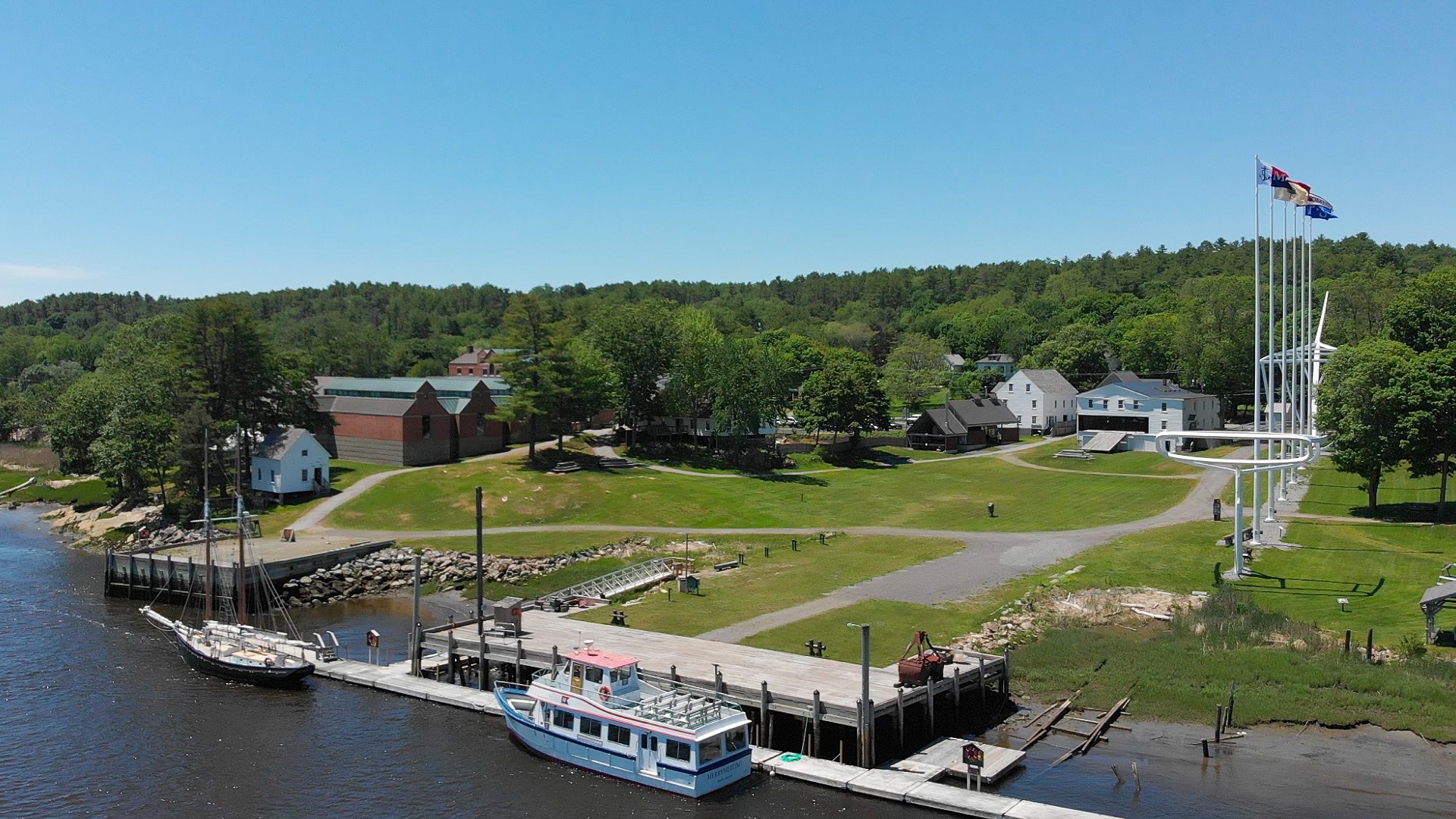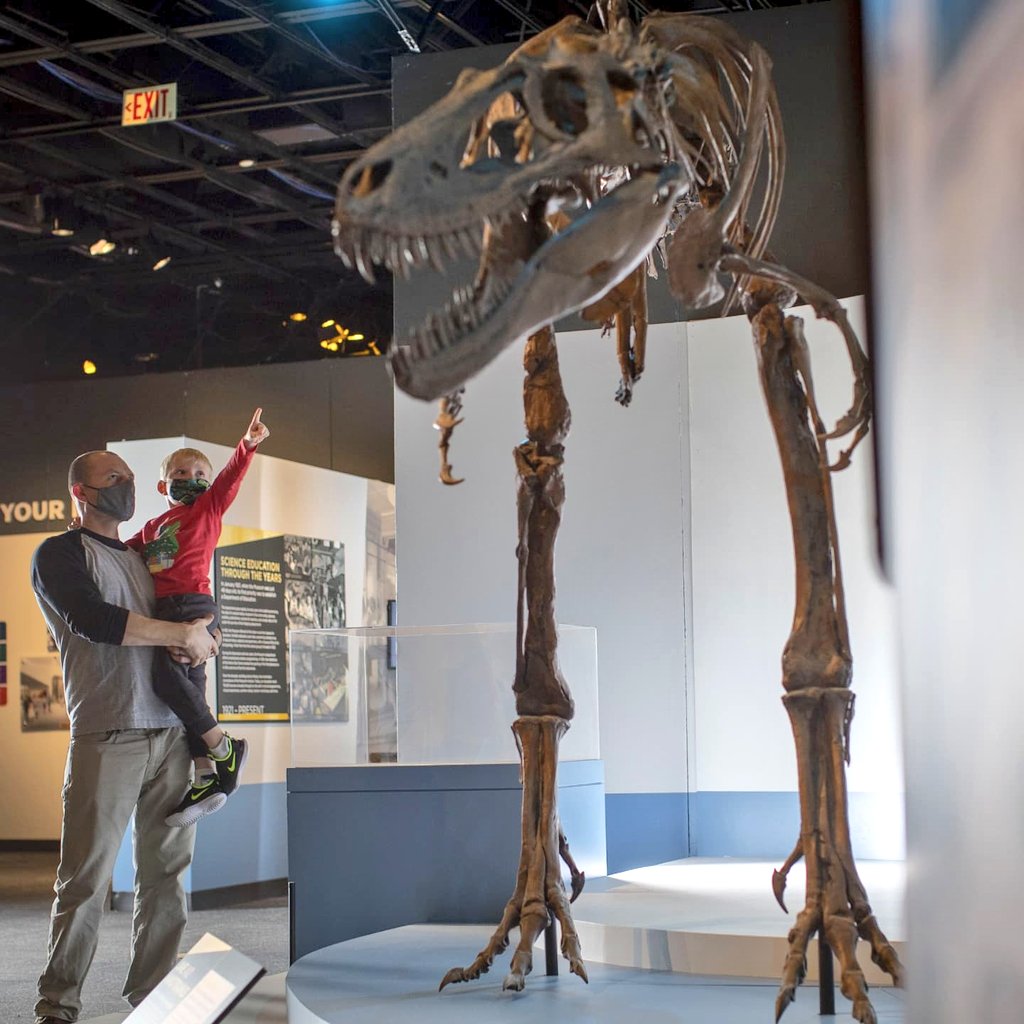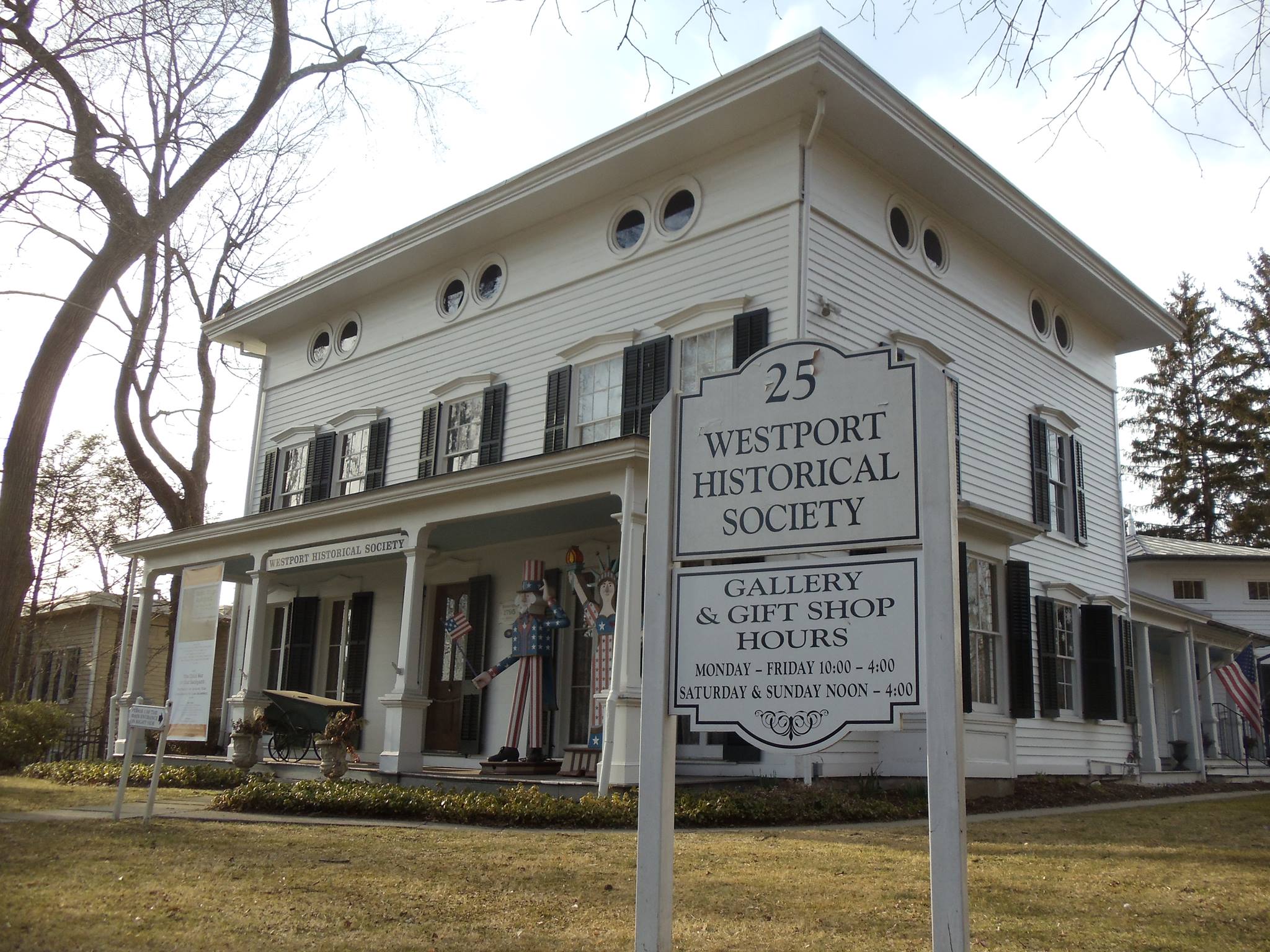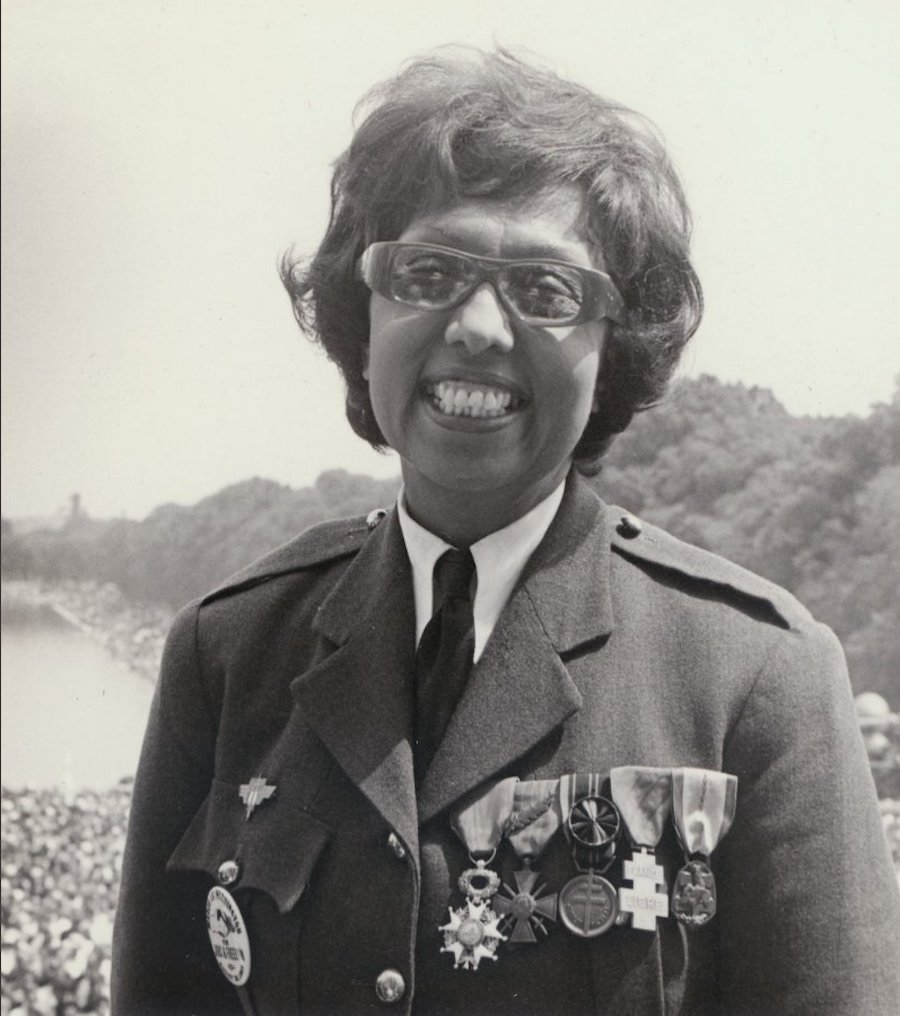Peabody Museum of Archeology & Ethnology

It’s been four centuries since Europeans first arrived on the shores of southeastern Massachusetts, but the people they met have called the region home for 12,000 years. And while for many, the arrival of the Pilgrims to the “New World” is something to remember in celebration, for others, it’s another reminder of how drastically their way of life has been attacked and altered since. This Indigenous Peoples Day, the Peabody Museum of Archaeology and Ethnology at Harvard University is taking the focus away from 1620 and centering the voices of contemporary Wampanoag speakers.
“Listening to Wampanoag Voices: Beyond 1620” features artists, storytellers and researchers, discussing some of their cultural items and photographs that are housed in the museum’s collection. “Early on, we decided to blur the focus on the 17th century,” says Meredith Vasta, collections steward at the Peabody. “We wanted to look at more contemporary lives and perspectives of Wampanoag people.”
In this exhibit, seven members of the Mashpee and Aquinnah Wampanoag tribes describe objects that were made, held, worn, consumed and otherwise made useful by their ancestors. Their accounts are packed with decades of research and thought and underscore the objects’ significance and continued relevance.
The objects featured include dried and smoked herring, multiple baskets, an anchor, and an eel trap, which was described by Aquinnah Wampanoag artist Elizabeth James-Perry. James-Perry, who has a degree in marine biology and is the federal tribal co-lead of the Northeast Regional Ocean Planning Body, began studying these traps about 20 years ago when she made a replica for Seattle’s Northwest Folklife Festival. She says she enjoyed consulting on these items because they’re visually striking and familiar. The details of their construction inform her own wampum jewelry design, weavings and fish traps.
Read the full article here.












